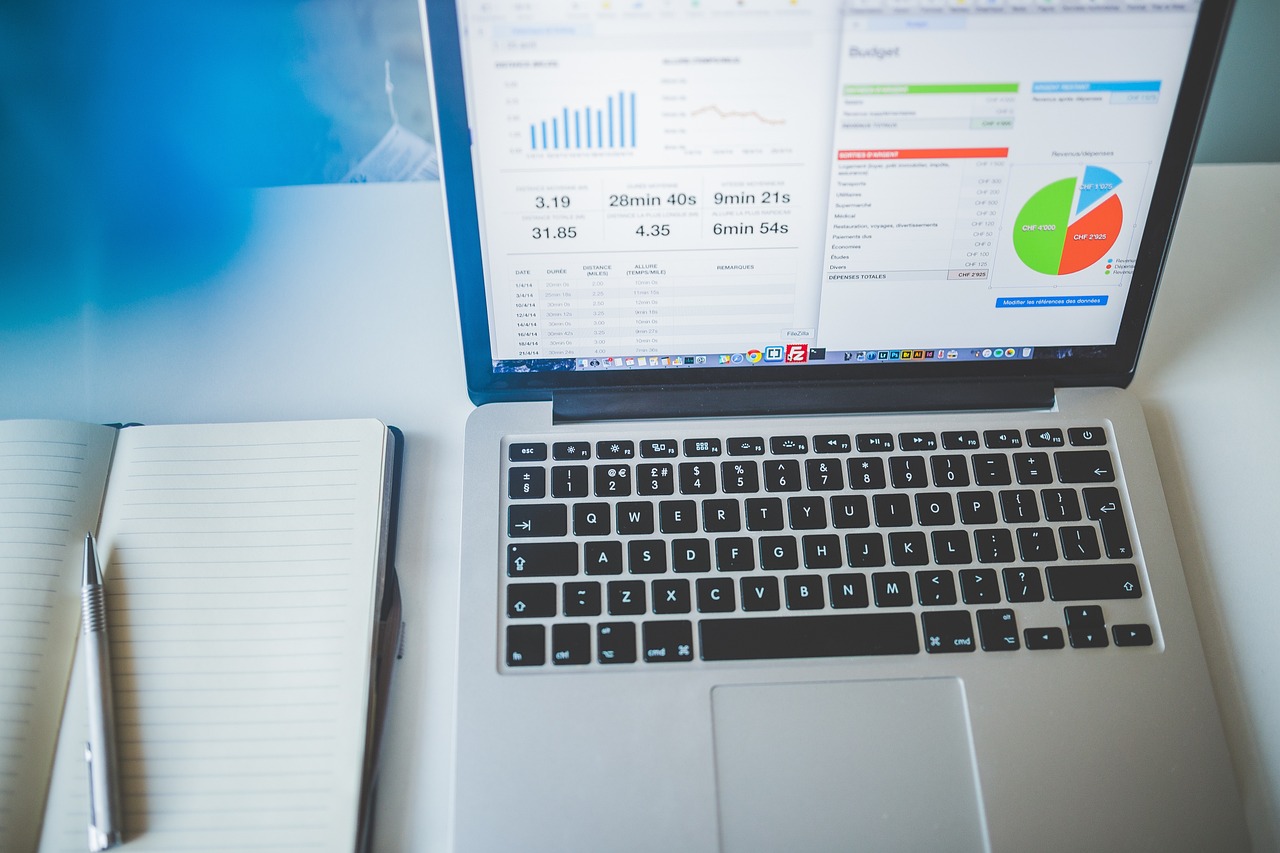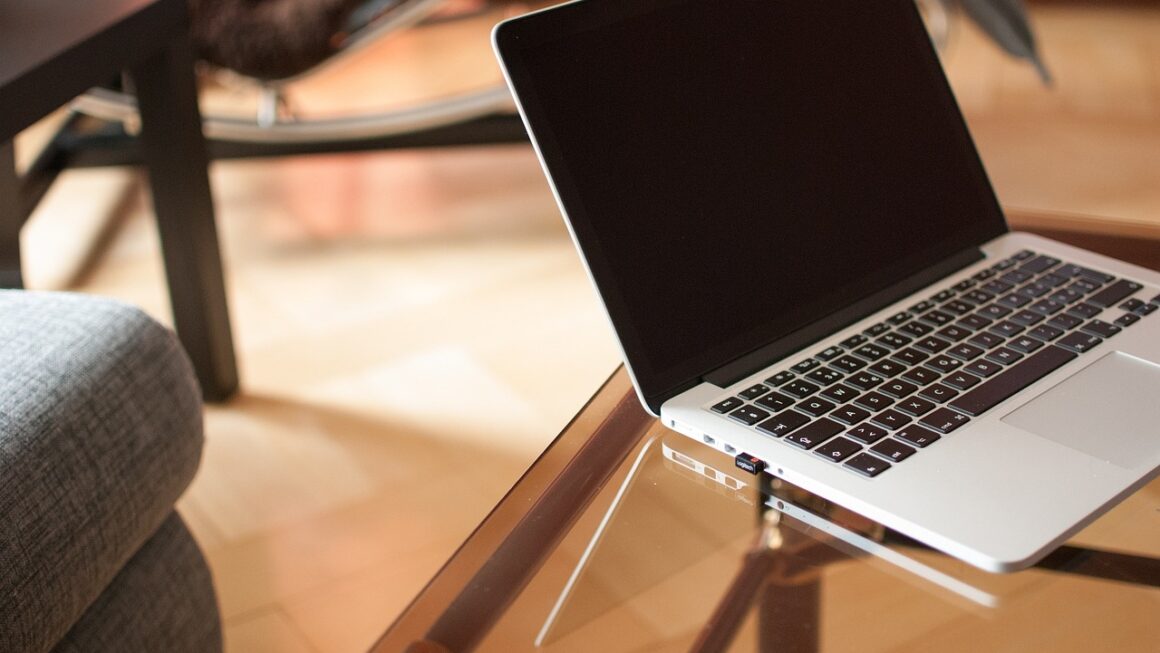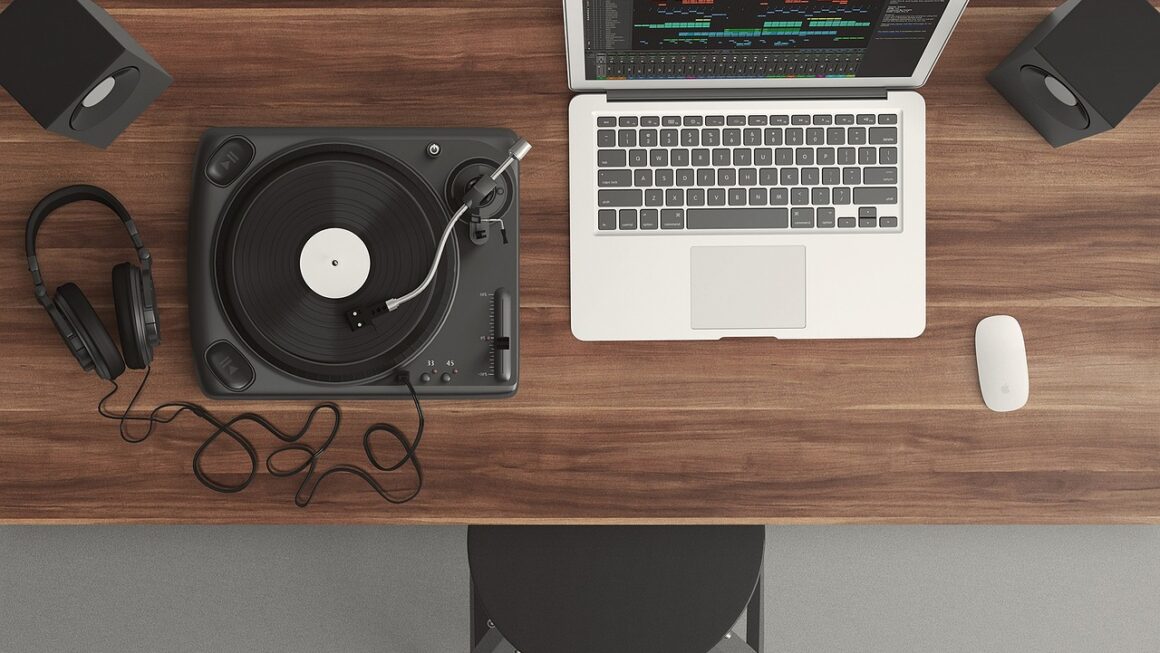Choosing the right printer can feel overwhelming. From inkjet to laser, single-function to all-in-one, the options seem endless. But by understanding the different types of printers, their features, and how they align with your specific needs, you can make an informed decision that saves you money and boosts your productivity. This guide will walk you through everything you need to know about printers, empowering you to find the perfect printing solution for your home or office.
Understanding Printer Types
Choosing a printer starts with understanding the core technologies: inkjet and laser. Each has its own strengths and weaknesses, making them suitable for different tasks and users.
Inkjet Printers
Inkjet printers use liquid ink, sprayed through tiny nozzles onto the paper. They’re known for their ability to print high-quality photos and documents with vibrant colors.
- Pros:
Excellent for printing photos and graphics
Generally lower initial cost than laser printers
Can print on a wider variety of paper types, including glossy photo paper
More compact designs are often available
- Cons:
Ink cartridges can be expensive and need frequent replacement, especially with color printing
Slower printing speeds compared to laser printers
Ink can smudge if the print is handled immediately after printing, particularly on non-specialized paper.
- Example: The Epson EcoTank series, which uses refillable ink tanks instead of cartridges, can significantly reduce ink costs for users who print frequently.
Laser Printers
Laser printers use toner powder and a laser beam to create images on paper. They are known for their speed, efficiency, and ability to produce sharp, crisp text.
- Pros:
Faster printing speeds, especially for text documents
Lower cost per page compared to inkjet printers, due to toner cartridges lasting longer
Text and graphics are generally water-resistant and smudge-proof
Better suited for high-volume printing
- Cons:
Higher initial cost than inkjet printers
Generally not as good for printing high-quality photos, although newer models are improving
Toner cartridges can be bulky and expensive to replace, though they last much longer than ink cartridges.
- Example: The Brother HL-L2300D is a popular monochrome laser printer known for its reliability and affordability, making it ideal for printing documents.
Key Features to Consider
Beyond the core technology, several key features will impact your printing experience.
Print Quality (DPI)
DPI (dots per inch) measures the resolution of the printed image. A higher DPI means a sharper, more detailed image.
- Inkjet: Generally excel at higher DPIs, making them ideal for photo printing. Look for DPIs of 4800 x 1200 or higher for excellent photo quality.
- Laser: While DPIs might seem lower (600 x 600 or 1200 x 1200), laser printers often produce sharper text due to the precision of the laser printing process.
- Actionable takeaway: Consider the type of printing you’ll be doing most often. If photos are a priority, focus on high DPI inkjet printers. If text documents are your focus, a laser printer, even with a lower DPI, is often sufficient.
Print Speed (PPM)
PPM (pages per minute) measures how quickly a printer can produce documents.
- Laser printers typically have faster PPM ratings than inkjet printers, making them more efficient for printing large documents.
- Inkjet PPM ratings can be misleading, as color printing often slows down the process significantly.
- Actionable takeaway: If you frequently print large documents, prioritize a printer with a high PPM rating. Consider that these numbers often represent draft quality, not the highest quality settings.
Connectivity
Modern printers offer a variety of connectivity options.
- USB: The traditional method, ensuring a direct connection to your computer.
- Wi-Fi: Allows you to print wirelessly from laptops, smartphones, and tablets.
- Ethernet: Provides a wired network connection for shared printers in an office environment.
- Mobile Printing: Many printers support mobile printing standards like Apple AirPrint and Google Cloud Print, allowing you to print directly from your mobile devices without installing drivers.
- Actionable takeaway: Wi-Fi connectivity is becoming increasingly essential for home and small office environments. Check for mobile printing compatibility if you plan to print from your smartphone or tablet.
Paper Handling
Consider the paper capacity and types of paper supported by the printer.
- Paper Tray Capacity: A larger paper tray reduces the frequency of refilling paper.
- Automatic Document Feeder (ADF): Essential for scanning or copying multi-page documents.
- Duplex Printing (Automatic Two-Sided Printing): Saves paper and reduces your environmental impact.
- Supported Paper Sizes and Types: Check if the printer supports the paper sizes and types you need, such as envelopes, labels, or cardstock.
- Actionable takeaway: Consider automatic duplex printing to save on paper costs, and an ADF if you plan to do a lot of scanning or copying.
All-in-One vs. Single-Function Printers
Decide whether you need a printer that only prints, or one that also scans, copies, and potentially faxes.
All-in-One Printers
Also known as multifunction printers (MFPs), these devices combine printing, scanning, copying, and sometimes faxing into a single unit.
- Pros:
Cost-effective, as you get multiple functions in one device.
Space-saving, ideal for small offices or home use.
Convenient for various tasks, such as copying documents or scanning photos.
- Cons:
If one function fails, the entire device might become unusable.
Can be more complex to operate than single-function printers.
Single-Function Printers
These printers are designed solely for printing.
- Pros:
Simpler to use and often more reliable.
Can be more specialized for specific printing tasks, such as photo printing or large-format printing.
- Cons:
Limited functionality compared to all-in-one printers.
Requires separate devices for scanning, copying, and faxing.
- Actionable Takeaway: For most home users and small offices, an all-in-one printer provides the best value. However, if you only need to print and prioritize simplicity, a single-function printer may be a better choice.
Cost of Ownership
The initial purchase price of a printer is only part of the equation. Consider the long-term costs of ink or toner, paper, and maintenance.
Ink/Toner Costs
- Inkjet Printers: Ink cartridges can be expensive and need frequent replacement. Look for printers with high-yield cartridges or refillable ink tanks to reduce costs.
- Laser Printers: Toner cartridges last longer and generally have a lower cost per page than inkjet cartridges.
- Third-Party Cartridges: While third-party ink and toner cartridges are often cheaper, they may not provide the same quality or reliability as original manufacturer cartridges.
- Actionable Takeaway: Calculate the estimated cost per page by dividing the price of the ink or toner cartridge by the number of pages it is expected to print.
Energy Consumption
- Printers consume energy even when idle. Look for Energy Star-certified printers to minimize energy consumption.
- Laser printers typically consume more energy than inkjet printers during printing.
- Actionable Takeaway: Enable power-saving modes to reduce energy consumption when the printer is not in use.
Maintenance and Repairs
- Consider the warranty offered by the manufacturer.
- Check online reviews for common problems and repair costs.
- Actionable Takeaway: Regular cleaning and maintenance can prolong the life of your printer and prevent costly repairs.
Choosing the Right Printer for Your Needs
To make the best decision, analyze your printing needs and budget.
- Home Use:
Consider an all-in-one inkjet printer for occasional printing, scanning, and copying.
Prioritize print quality for photos and graphics.
Look for models with Wi-Fi connectivity and mobile printing support.
- Small Office/Home Office (SOHO):
Choose a laser printer for high-volume printing of documents.
Consider an all-in-one printer with ADF and duplex printing capabilities.
Prioritize print speed and cost per page.
- Photo Enthusiasts:
Opt for a high-quality inkjet printer with a wide color gamut and support for various paper types.
* Consider a dedicated photo printer for professional-grade results.
- Actionable Takeaway: Create a checklist of your essential printing needs and prioritize features that align with your budget.
Conclusion
Selecting the right printer involves understanding your needs, comparing different printer types, and evaluating features and costs. By carefully considering the factors outlined in this guide, you can confidently choose a printer that meets your specific requirements and provides years of reliable service. Whether you’re a home user, a small business owner, or a photo enthusiast, the perfect printing solution is out there waiting to be discovered.




